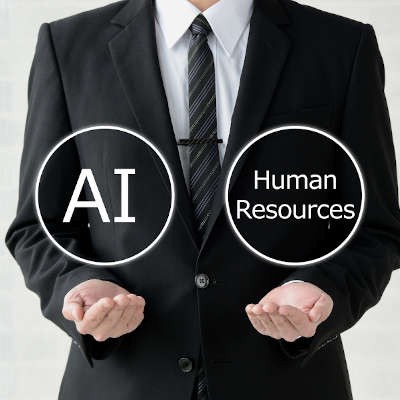k_Street Consulting, LLC Blog
Automation has been a hot-button issue in the business world over the past few years. Many business owners have tried to find ways to automate some of their operations, while workers wonder if this strategy develops as people in the know suggest it will, they could be out of a job. We think that automation is actually a massive benefit for organizations and workers alike. This month we will go through a few tools that small businesses can easily leverage to use automation to their advantage by taking a look at some of the tools that companies depend on.
In recent years, the Internet of Things (IoT) has emerged as a game-changer across various industries. One way that businesses can utilize these technologies is to understand how their businesses use their utilities as well as automate the control of some of them to cut costs and utilize these resources more efficiently. Let’s look at how businesses are using IoT tools to stabilize utility costs.
In business, organizations that are able to automate processes have a leg up on organizations that rely on humans to do everything. Not only does it cost a lot less to run a business that has automated processes, it also helps improve organizational focus and efficiency by streamlining processes and removing the moving parts that can sometimes hinder operational progress. That’s not to say that there aren’t some places that a business can greatly benefit from a human touch. Let’s take a look at both sides of the argument.
By now you’ve probably heard the term Internet of Things (IoT). You may not completely understand what it is, but you know it has something to do with all those “smart” devices that you see popping up everywhere. Today, we’d thought we’d get into what types of things are on the IoT and how they can have an impact on your business.
The difference between productivity and innovation is not always clear-cut, but the biggest one is that higher productivity naturally creates innovation… assuming it is supported by the right tools and mindset. How can technology help your business be more creative and innovative in the way it goes about its day-to-day operations?
Automation as a concept is on the rise, and so too is its practice. Even before COVID-19 created considerable problems for several businesses, it was in use, and there is no reason for it to fall out of fashion now. There are plenty of ways your organization can implement automation to improve operations moving forward.
Automation does nothing but help businesses, but can the same be said for the people that work at these businesses? With more systems relying on some semblance of artificial intelligence, smart automation could replace up to a quarter of the current workforce over the next ten years. Today, we will take a look at the importance of profitability and how AI is likely going to usher in a whole new era of human existence.
Most companies have some sort of human resources department. Some are bigger than others. Some are more effective than others. Typically, the HR department deals with a lot of the stuff that no one else likes to. Today, software is being created using artificial intelligence that will be able to complete many of these tasks. Let’s take a look at how automation is affecting the modern human resources department.
Most industries utilize automation to at least some degree. With plenty of benefits that can be taken advantage of, businesses need to remember that they still must be careful about implementing these systems, as failing to do so could cause downtime and negatively impact productivity. Here are some of the major benefits and detriments that your organizations should consider when examining automation.
By now you’ve heard of self-driving cars insofar that you understand that there are engineers from all over the United States and abroad working with AI to develop systems that can create safer traffic conditions and cut down on emissions with efficiency. But what you may not know is that there are many drivers concerned at the development and deployment of these autonomous systems.
Information technology, in many ways, is a necessary evil. Sure, modern businesses more or less require it to remain competitive, but it also opens up your business to a multitude of threats. Maintaining your security is made much easier with automated monitoring tools. Today, we’ll discuss how to use these tools to protect your business.
All businesses should be conducting business by looking toward the future, remaining cognizant of what horrors today’s headaches could become later on. If they fail to do so, it could lead to disastrous results, like crippling downtime and operational issues in the long term. If you can be proactive about maintaining your technology, you can prevent these issues from manifesting, nipping problems in the bud before they cause trouble for your organization.























